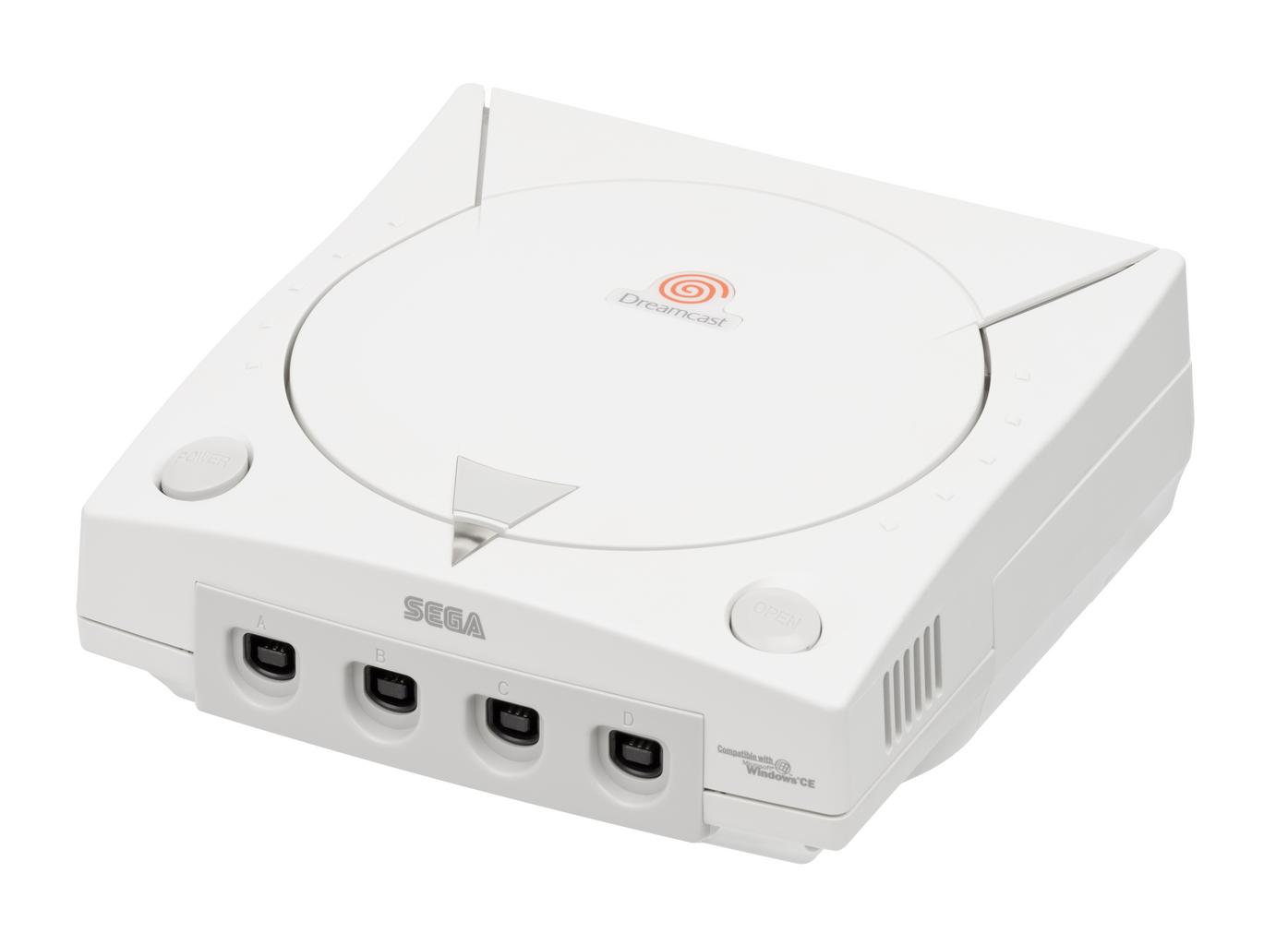How I think The Sega Dreamcast could have sold better

I think Sega gave up too easily in the 6th generation console market.
In this blog post I will go over what I think Sega should have done in order to make more sales and be profitable enough that they would have decided to keep making consoles in the next generations.
Sega came into the console market in the 4th generation as the biggest competitor with Nintendo. Once Sony came into the market with the Playstation in the 5th generation, Sega was no longer Nintendo’s biggest competition. The Sega Saturn had underperformed sales wise and Sega realized this, so they realized they needed their next console in the 6th generation to sell much better if they wanted to be a major player in the console business.
The Sega Dreamcast launched with a lot of promise. There were many great features that were promoted that would make the console a desirable piece of hardware. In this generation, it is hard to imagine a console that doesn’t have internet capability, as well as different multimedia outputs like video streaming. One would think that being early in the progress consoles have made in this area would mean certain success; the reality is that this was not the case, maybe for the same reasons many websites did not work commercially during the dot com bubble, the Dreamcast was ahead of its time.
Sega wanted to market the console aggressively to a crowd that was serious about gaming. There were a lot of great games to appreciate with the console, so I can understand wanting to make sure the crowd that would appreciate those games would get their hands on them. Sega also spent a lot of time promoting the internet and music features of the console, which makes sense because these features were revolutionary. Both of these strategies were good ideas, but somewhat misguided when they are combined into one big marketing focus.
Many of the serious gamers were already aware of what games were good and what games were bad soon after any of those games hit the shelves. Word of mouth, blogs, and reviews had already done the work Sega needed to spread the word to the serious gamers about what they should be playing, so marketing to that crowd by telling them what they already know was a wasted effort, and a waste of money. That money would have been better spent working with more third publishers to give them good publishing deals to ensure that more games were being made. As long as the games kept coming, the serious gamers would be able to distinguish what games were worth buying, and those games would sell, and more consoles would sell as more of those titles kept moving. This is how they could have kept their grasp on the serious gaming market, without making them their target audience in their campaigns.
The internet and media features that Sega was pushing for their console did not line up with their target audience –the serious gamers– at the time. We know now that online play is essential for many serious gamers, but there weren’t very many titles for consoles that supported this back then. I suppose my point about working with more third party publishers could have fixed this. With this in consideration, the main audience to show interest in the internet and media features would be the casual market. This market is made up of first time console buyers and those that are unfamiliar with video games or less interested in video games in general, but still have at least one reason to buy a console. The ability to check emails on a gaming console, as well as the ability to download music, would have been quite novel for the time. Many customers that did not own a gaming console or a computer would have to choose how to spend their money if they wanted one or the other, considering how expensive these devices would have been. If Sega had pushed the features such as email, and music downloading onto the casual audiences, it could have gotten many sales from customers interested in devices that could do those things, as well as gaming if they did not already own a computer.
A new method for selling to the serious gamers by giving more third party publishers a chance to make new titles and a shift in the target audience of the heavy campaigning away from the serious gamers to the casual market by promoting the console as a substitutional product with the home computer, would have led to the Dreamcast making more sales, enough that Sega would have extended its product life cycle into the end of the 6th generation, and would have continued making consoles into the future.
If Sega had a new console on the market today, would you buy it?
References
American Society for Quality, Quality Management Division. (2014). Steve Jobs on Joseph Juran and Quality [YouTube Video]. In YouTube. https://www.youtube.com/watch?v=XbkMcvnNq3g
Arnaudon, A., Costrel, F., Coupe, C., Lassegard, C., Miller, A., Mochizuki, F., Wood, M., & Wu, A. (2020, August 19). High Score. whole, Netflix.
Byron Acohido. (n.d.). Microsoft toils to make new Xbox top rivals. USA Today.
Elkin, T. (2000). Dreamcast bolsters Sega rebound. Advertising Age, 71(12), s10.
Hein, K. (2004). Frank Gibeau. Brandweek, 45(15), 36.
Marc Saltzman. (1998, May 28). Sega announces “DreamCast.” Toronto Star (Canada).
Peckham, M. (2013). PlayStation 4 Review: Sony’s Comeback Console. Time.Com, 1.
Rae-Dupree, J., & Kunii, I. M. (1999). Can Dreamcast Make Sega’s Dreams Come True? BusinessWeek, 3661/3662, 62.
Taylor, C. (2001). Not Worth the Wait. ON Magazine, 6(2), 65.
The next video game war. (2001). Playthings, 99(1), 72.
No Comments Yet...